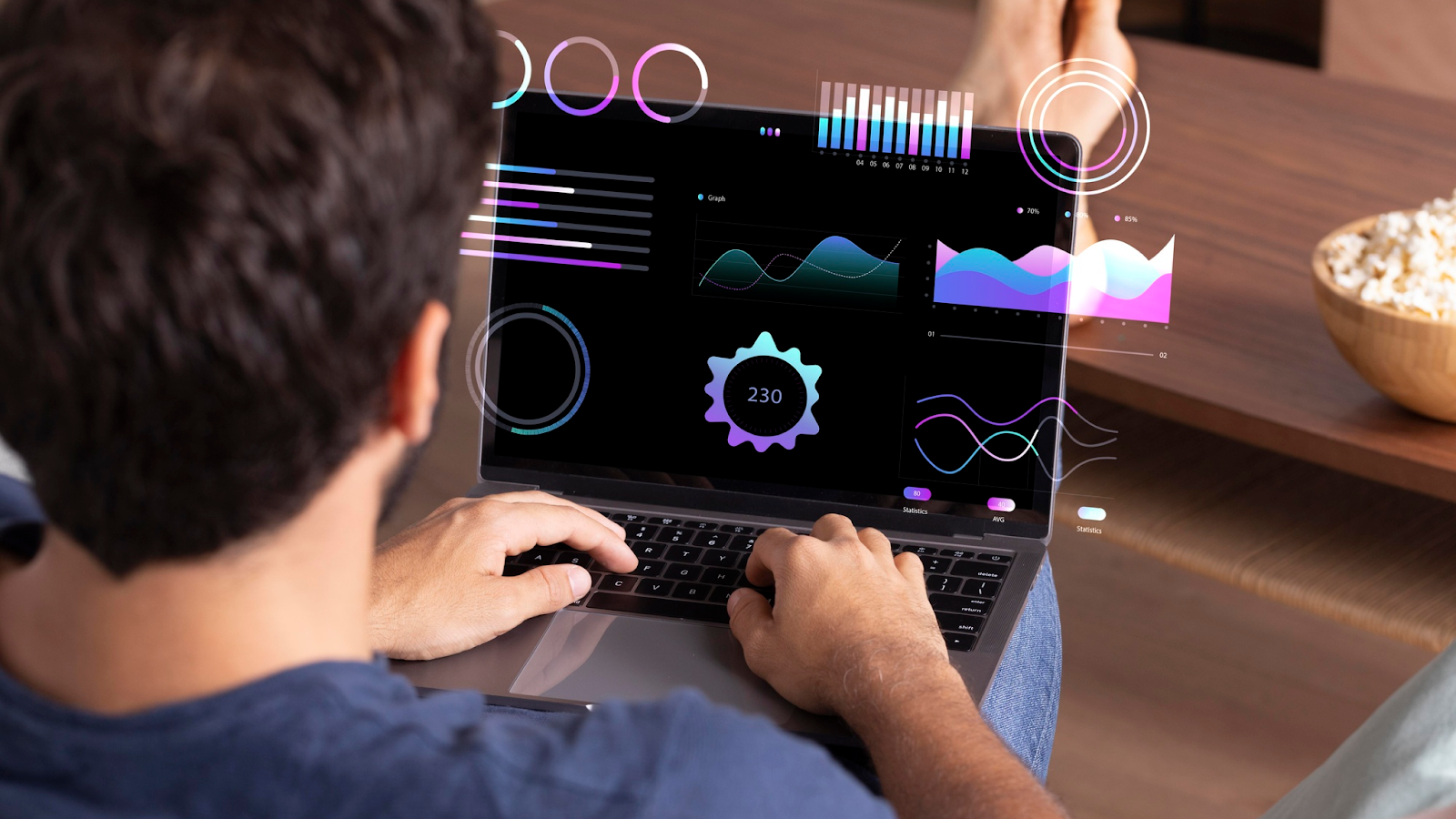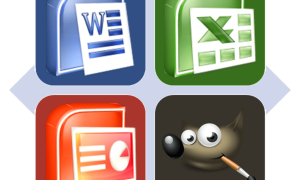The top productivity apps and software of 2025 provide ways to help you get things done efficiently, whether that means streamlining calendars or increasing focus. Test them all out until you find one that best suits your workflow.
Fleep is a digital communication tool that streamlines teamwork with chat, video meetings and file sharing features. Furthermore, this platform facilitates high-level project management using flexible tools while automating workflows to increase team efficiency.
1. Trello
Trello is a visual project management solution, employing boards, lists, and cards to organize projects of any size. Its use features checklists to break large tasks down into more manageable chunks while attachments may also be attached directly to individual cards.
TeamGantt is ideal for teams working remotely and prioritizing lightweight functionality over extensive features, but less effective for teams requiring a more structured project management solution like JIRA; furthermore, its advanced reporting and Gantt charting tools do not exist in TeamGantt.
2. Freedom
From task management to seamless communication, our carefully curated collection of productivity tools showcases remarkable innovations. These remarkable applications seamlessly fit into your professional workflow to enable you to maximize productivity potential and realize its fullest potential.
Freedom slams shut the door on digital distractions, blocking time-wasting apps on command to foster an environment of focus and fulfillment. Experience an unparalleled freedom from digital disruption across your desktop and mobile devices!
3. Slack
Slack allows teams to communicate instantly, replacing messy email threads with organized channels that can be organised by project or topic. Teams can also chat one-on-one or via direct messages.
Features of TaskLouder’s integrations include reminders and task management tools to track progress and meet deadlines more easily, thus reducing lengthy emails to focus on work more easily.
Slack can help team culture thrive with its ability to provide channels dedicated to non-work topics and foster an active work-life balance, but its real-time nature and notifications may prove distracting for some users.
4. Google Drive
Google Drive is an online storage and file-sharing service from Google that integrates seamlessly with their other products, allowing users to collaborate in real-time on files while keeping an eye on any changes made by others. Furthermore, offline access is available and has an intuitive UI.
Google Drive is our Editors’ Choice for file storage and syncing, offering unlimited space and an array of features – such as real time editing of Google Docs, Sheets, and Slides across devices for instant synchronization between them; even more impressively it supports Microsoft Office documents!
5. Microsoft OneNote
Microsoft OneNote is an effective solution for note taking, information storage and research compilation. With an efficient system for organizing notes as well as features like highlighting, To-Do tags and ink annotations – OneNote makes your work easy!
Students and professionals looking to record meeting minutes or lecture notes will find this software especially beneficial, as it timestamps audio files linked back to key points within text so you can revisit important ideas later.
Users can utilize OneNote with Office Lens to scan documents or whiteboards into their notebook, though more advanced project management and real-time collaboration capabilities may be unavailable.
6. Evernote
Evernote is a digital workspace designed to help users capture, organize, and quickly find notes and information quickly. Furthermore, Evernote features several integrations with other productivity apps and tools.
Workspace works well for teams of all sizes and can be used to store meeting notes, track action items and collaborate on projects. Furthermore, its robust search function works smoothly across devices.
Evernote App provides a web clipper feature, making it simple and effortless for writers who rely on online sources as research or reference information to quickly clip content from websites into Evernote Cloud storage. This makes the Evernote cloud an indispensable asset when conducting research online.
7. Asana
Asana provides teams with a powerful solution for project creation and tracking work in one central place. With its fine-grained task management capabilities, teams can break complex tasks down into manageable pieces that they assign directly to team members.
Team leaders can quickly view project schedules and dependencies through Gantt charts or timeline views in Asana, while users can customize its interface to reflect their brand or workflow needs.
Asana provides numerous privacy controls to safeguard data. Furthermore, Asana integrates with many tools for enhanced workflow automation and to synchronize information.
8. Slack
Slack is an innovative communication platform that can replace email and bring together all your tools, teams and customers in an efficient manner. With real-time messaging capabilities, transparent file sharing capabilities and app integrations – Slack delivers rich collaborative features like real-time collaboration capabilities for real time messaging, transparent file sharing and app integrations – providing rich collaboration capabilities.
Huddles and clips allow users to leave asynchronous video or voice memos that will be available to team members on their own time, while channels and search functions help keep conversations organized. Slack also boasts project management tools like time tracking for more effective team productivity – its strong automation features allow customer support agents to manage actions from within Slack through Suptask, for example.
9. Slack for Business
Slack is a versatile team communication platform that goes far beyond simple chat: it integrates multiple tools and workflows to enhance productivity, enhance collaboration and manage projects more effectively.
Channels and direct messaging allow conversations to remain organized, reducing information overload while streamlining workflow. Furthermore, its search functionality makes finding previous messages and information easier than ever before.
Constant notifications and distractions can impede productivity. Teams can overcome these issues by setting clear guidelines on when and how Slack will be used, and by decreasing its integrations.
10. Google Calendar
Google Calendar is a simple and user-friendly scheduling app from Google that integrates seamlessly with other products from their suite. With email reminders, cross-device sync capabilities and color coded events – Google Calendar makes coordinating both personal and professional events simpler than ever!
Nifty, a popular calendar app for macOS and iOS, features natural language input, smart scheduling that automatically checks availability, multi-calendar integration and time tracking features that optimize productivity for individuals and teams alike. You can even track progress over time with time tracking!




